Retinal Support - Surface of the Retina
Causes
Treatment
Nutrients
About the vitreous
Photoreceptors
Connective
Hole /
Wrinkle in the macula
Sugar balance
Vitamin A
Epiretinal Membrane
Retinal damage can occur in the form of a pucker or wrinkle caused by an epiretinal membrane. Under adverse conditions such as an immune response, a thin layer of cells covering the retina surface forms and may draw together pulling the vitreous away from the retina and creating a wrinkle in the retina surface. Wikipedia reports that not only can a pucker result, but swelling such as macular edema may occur as well.
Vitamins
& Supplements
Not sure which to get?For help call us at 845.475.4158
Complete Product List
Discount Packages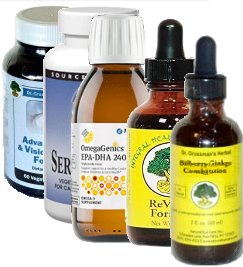 Epi Retinal Support Package 1 Epi Retinal Support Package 1 Nutrients to support retina health, reduce inflammation & help eliminate waste |
Essential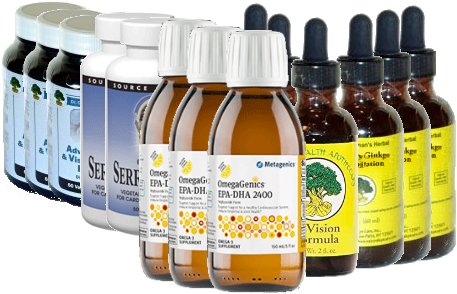 Epi Retinal Support Package 2 (3 month supply) Epi Retinal Support Package 2 (3 month supply)Natural supplements to help nourish the retina, reduce inflammation and eliminate waste. |
Essential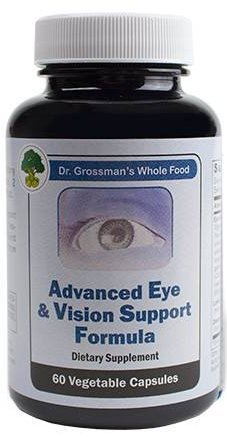 Advanced Eye & Vision Support Formula (whole food) 60 vcaps Advanced Eye & Vision Support Formula (whole food) 60 vcapsWhole food, wild crafted herbal vegetarian formula with vision antioxidants, chemical- and preservative-free. |
Essential High quality omega-3 fatty acids |
Essential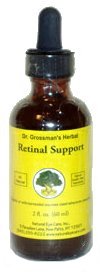 Dr. Grossman's Retinal Support (wild-crafted herbal formula) 2 oz Dr. Grossman's Retinal Support (wild-crafted herbal formula) 2 ozThis wild-crafted herbal formula by Dr. Grossman based on classic Chinese patent formulas to help support the retina and reduce general inflammation. |
Very Important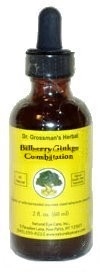 Dr. Grossman's Bilberry/Ginkgo Combination 2oz (60ml) Dr. Grossman's Bilberry/Ginkgo Combination 2oz (60ml)Bilberry/Ginkgo Wild crafted extract formula. |
Very Important Spray formula of vision nutrients |
Such damage effects vision similarly to that brought about by macular degeneration; both can arise due to changes in the vitreous. If the retina is damaged, the process of healing may leave a scar in the form of the epiretinal membrane.
Causes
Often, the membranes are seen following a posterior vitreous detachment (where the vitreous gel that fills the eye becomes more liquid, causing a strain on tissues that in turn causes a separation from the retinal lining of the eye). Occasionally an epiretinal membrane can appear without any obvious underlying cause.
Non-nerve retinal cells (glia) multiply along the inner surface of the retina lining. Small defects allow them to push through to the inner surface between the retina and the vitreous fluid and build a thin wall of tissue that can fold and pucker, distorting the macula. Membranes are seen with many retinal vascular conditions, retinal detachments and breaks, trauma to the eye, inflammation of the uvea (uveitis), and following retinal and intraocular surgery.
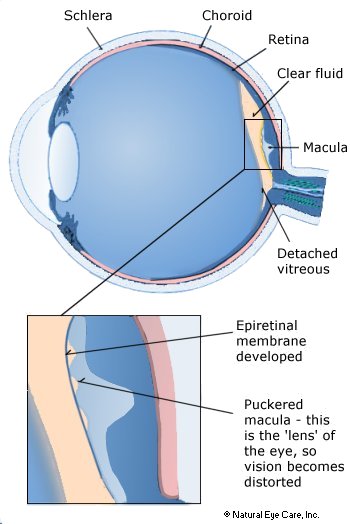
Treatment
This condition has been generally considered to be difficult to treat or untreatable. Fortunately, most patients experience only a minor reduction of acuity or slight distortion. Eye doctors usually simply reassure patients as to what has happened and provide periodic follow-up, suggesting an Amsler grid for monitoring vision changes at home.
For severe cases, your doctor may recommend one of several procedures for different types of macular puckers.
IEMM peeling. A procedure called internal limiting membrane peeling is commonly used in the idiopathic form of ERM. It is considered safe and effective.
Vitreous traction related. Though often not requiring any medical intervention, sometimes vision deteriorates due to the pulling on the retina, to the point where it affects daily routine activities. In these cases, a surgical procedure called a vitrectomy may be recommended. The retinal surgeon removes the vitreous gel to prevent it from further pulling on the retina and replaces it with a salt solution (because the vitreous is mostly water, you will notice no change between the salt solution and the normal vitreous). The surgeon also removes the scar tissue causing the wrinkling. Usually half of the vision lost can be restored and the vision distortion improved.
Cataracts often develop as a result of the surgery within a few years afterward. Less common complications are retinal detachment either during or after surgery, and/or infection after surgery.
Recurring pucker. The macular pucker may grow back, but this is rare.
Complementary Approach
We believe that vision conditions like epiretinal membrane are a reflection of the health of the entire physiology and vision system. Lifestyle choices, including a high-quality diet and taking targeted supplements can make a big difference in preventing and managing this condition. Proper nutrition is essential for eye health, as it promotes proper circulation, bringing nutrients to, and removing toxins from, the eyes. Also, getting daily exercise, avoiding smoking, and avoiding other toxins such as food additives are crucial.
Carotenoids (especially lutein, zeaxanthin, astaxanthin, and vitamin C), omega-3 fatty acids, vitamin D, and trans-resveratrol are important aids to good macular health.
 info@naturaleyecare.com
info@naturaleyecare.com



 Home
Home



 Vision
Vision Vision
Vision



 Health
Health Health
Health Research/Services
Research/Services Pets
Pets About/Contact
About/Contact


